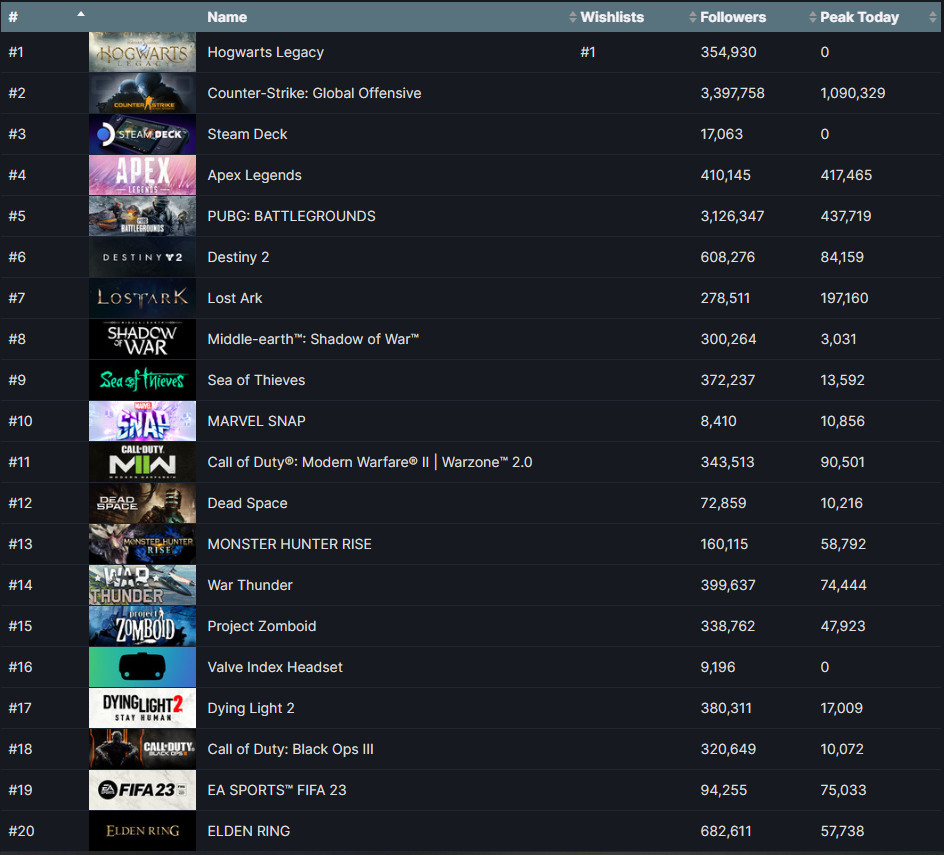One of my sticky notes, you may have noticed, says “Action Movies.” Another one says “Guns in Games.” They’re some of the old guard, ones I’ve had floating around for a long time. There’s another that should be up there, “The Fight Scene.” I’ve wanted to talk about all of these for a long time, but they form such a stable tripod that I have a lot of difficulty covering one without necessarily talking about the other two as well. So, I think I’m going to make this a series, one part covering each leg of the tripod.
The slogan of this series: “Action” is an emotion and a kind of storytelling that’s worthy of pursuit.
And because the culmination of that argument comes with action movies, and the fight scene is a core building block of the action movie, I’ll start with the most circuitous sticky note and talk about guns in games.
I am personally very afraid of guns. I don’t like them. I’ve grown up in a time when it makes a lot of sense to not like guns. Nevertheless, I can recognize a huge number of firearms. Not just by name, but by sight.
The gun is ubiquitous across video game genres — most ubiquitous in the aptly named “shooter” genre. A wide majority of best-selling video games not produced by a company called “Nintendo” feature guns. This actually weakens the argument considerably because, wow, there are truly so many best-selling Nintendo games. But among people who consider themselves “serious gamers,” people who have naturalized into the hobby, I think there’s a sense that guns are core.
(Not to dismiss Nintendo fans as “fake” or anything. Animal Crossing players will save the world.)
One way to quantify this: Steam, a platform where Nintendo doesn’t trade and where users have invested in gaming PCs basically as a prerequisite for entry. SteamDB’s “currently global best selling list” looks as follows.

Real guns, fake guns, near-futuristic guns, far-futuristic guns, old timey guns, guns that shoot lasers, guns that shoot bullets, sword guns, ship guns, guns with plenty of bullets, guns with preciously few bullets. Basically any type of gun, and every dynamic of interacting with guns, is represented on this list. And this is just the most recent bestsellers. Two of the non-gun sellers are gaming hardware.
To get out ahead of this now, I think any effect video games might have on US gun culture is scant and oblique. I do not think video games make people more or less violent. The first commercial video game console was the Magnavox Odyssey, released in 1972. The only peripheral made for the Magnavox Odyssey, and the first video game peripheral ever made, was a light gun for the game Shooting Gallery, in which player shot at dots of light on the screen. Clearly the appeal of guns to players reaches far deeper than Doom.
Although, the video game industry has been insidiously embroiled with the military-industrial complex since its inception. The creator of the Magnavox Odyssey, Ralph H. Baer, was a military contractor. He worked on the console as a side project to his engineering job. The first online games were played on military servers.
Years and years of contact have handed the military greater and greater control over how it’s presented in video games. Journalist Edwin Evans-Thirlwell described the state of shooters in 2007, after the industry got tired of the WWII fan fiction originating from Saving Private Ryan and Medal of Honor.
The result, Call of Duty 4: Modern Warfare, unlocked a brand-new vocabulary for the first-person shooter. It traded the mud and everyman heroics of WW2 experiences for a slick, cheerfully amoral celebration of western military hardware and urban combat tactics—arming the player with laser sights, ghillie suits, Stinger launchers and drones. It also courted topicality where games like Medal of Honor had tried to distance themselves from the headlines—one level sees you living out the final moments of a country’s deposed president, while another puts you at the controls of an AC-130 gunship, in scenes familiar from news footage of the Iraq War.
His whole history of the FPS is such a great read on the subject.
We’re getting to the end of what I have to say about guns in games, because I think the key is really in Shooting Gallery. And it’s in the slew of games with guns that aren’t firearms. The portal guns, gravity guns, paint guns, grapple guns. Without introducing some kind of magical ability into the mix, guns are convenient in games because you can hand one to the character and say “this affects the thing you’re looking at.” It’s a way of manipulating something in the middle of your screen at range.
So that’s my answer to the guns in games question, at least how I think of it now. Guns in games are prevalent because:
- Their design allows a player to target and manipulate a point.
- Video game history corresponds closely with modern military history.
- Action is the genre most suited to gamey interaction.
That third one is sort of a dark horse, right? Well, I’ll get to clarify it in the next entry into this series. Or I’ll explore it. Or I’ll think about it really hard and not get anywhere. Suspense!